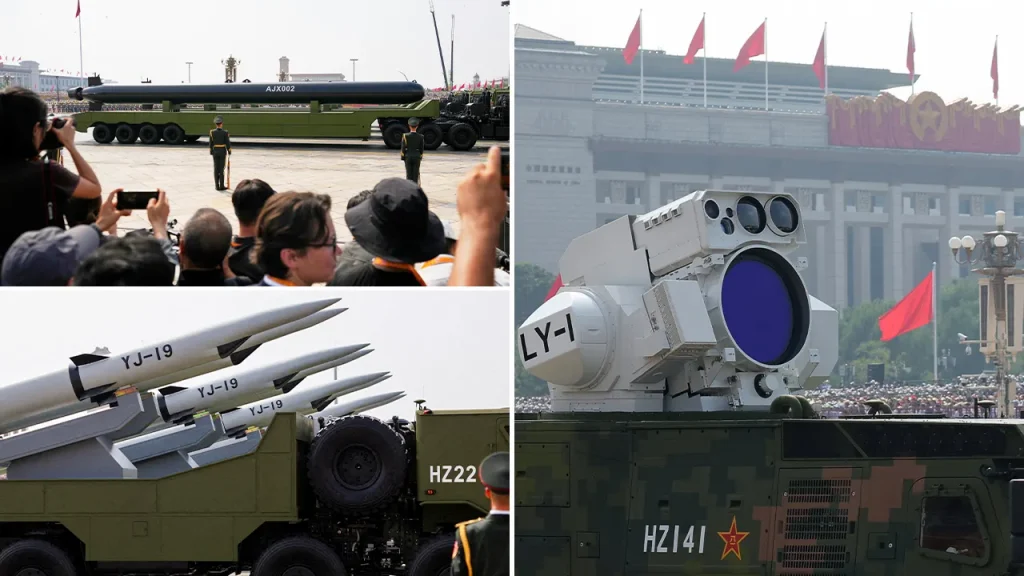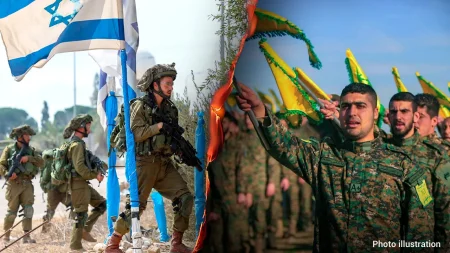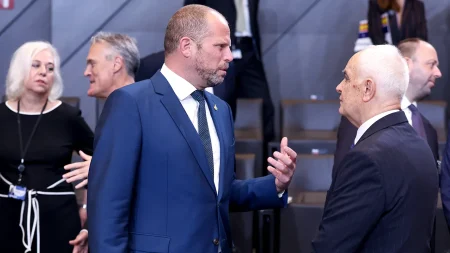China Showcases Military Might Alongside International Allies
In a stunning display of military prowess and international alliance-building, China marked the 80th anniversary of World War II’s end with an impressive 90-minute military parade that captured global attention. President Xi Jinping stood proudly alongside North Korean leader Kim Jong Un and Russian President Vladimir Putin, presenting a united front that raised eyebrows across Western capitals. The carefully choreographed event in Beijing served not only as a commemoration of historical significance but also as a platform for China to flex its growing military muscle on the world stage. “The Chinese people’s rejuvenation cannot be blocked, and the noble goal of the peaceful development of human civilization must triumph,” declared Xi in his concluding remarks, a statement laden with both aspiration and assertion of China’s rising power.
The parade’s highlights revealed China’s remarkable advancements in next-generation warfare technology, with particular emphasis on underwater capabilities. Most notable was the AJX002, a nuclear-capable unmanned submarine drone stretching up to 65 feet in length, designed for surveillance and reconnaissance missions in environments where traditional military assets might be vulnerable. This wasn’t China’s only drone showcase; the GJ-11 stealth attack drone also made an appearance, demonstrating Beijing’s commitment to developing diverse unmanned platforms across multiple domains. These underwater drones represent a significant evolution in naval warfare, potentially allowing China to conduct operations with reduced risk to human operators while extending their reconnaissance capabilities in contested waters – a development closely watched by naval powers worldwide.
Hypersonic missile systems formed another centerpiece of China’s military exhibition, with the Yinji-19, Yinji-17, and Yinji-20 missiles prominently featured. These advanced weapons systems have reportedly been tested on mockups of U.S. aircraft carriers, sending an unmistakable message about China’s strategic priorities and defensive capabilities. Analysts note that these hypersonic weapons pose particular challenges for traditional missile defense systems due to their speed and maneuverability, creating significant concerns for the U.S. Navy, which maintains an active presence in the western Pacific through its 7th Fleet headquartered in Japan. The public display of these missiles underscores China’s growing confidence in its ability to challenge American naval dominance in the region – a key element of Beijing’s broader strategic positioning.
The parade also showcased China’s investments in directed-energy technology, with high-energy laser weapons featured prominently as part of the country’s counter-drone defense system. This addition to China’s arsenal reflects a growing global interest in energy-based weapons that offer precision targeting capabilities with potentially unlimited ammunition, provided power supplies remain intact. Beyond the hardware displays, the parade’s symbolic value cannot be overstated. The presence of Putin and Kim alongside Xi created a powerful visual representation of an emerging coalition of nations seeking to challenge the U.S.-led international order. This gathering of leaders occurred just after China hosted the annual Shanghai Cooperation Organization summit, where Xi launched a new cooperation platform and pledged $1.4 billion in loans over the next three years for member states, further cementing China’s role as a financial and political alternative to Western-led institutions.
The timing and nature of this military display provoked reactions from across the global political spectrum, including from former U.S. President Donald Trump, who took to social media with a pointed message: “Please give my warmest regards to Vladimir Putin, and Kim Jong Un, as you conspire against the United States of America.” This response highlights the deep suspicions with which many in America view the growing ties between these three nations. Xi’s efforts to expand the Shanghai Cooperation Organization and create a development bank under its auspices represent part of China’s broader strategy to establish alternative international structures that operate outside Western influence. By offering financial support to SCO members, China is strengthening its position as a regional leader while creating economic dependencies that could translate into diplomatic leverage.
The Beijing parade stands as a vivid illustration of the evolving global order, where power is increasingly diffused and traditional alliances are being challenged by new configurations. China’s willingness to showcase its military innovations alongside diplomatic partnerships with Russia and North Korea signals its confidence in charting an independent course in world affairs. For Western observers, the event raises important questions about how to engage with an increasingly assertive China that is not only developing sophisticated military capabilities but also building international partnerships that could potentially reshape global politics. As nations around the world assess the implications of this display of unity and strength, the message from Beijing appears clear: China sees itself as a central player in defining the future of international relations, backed by both military power and strategic alliances with nations that share its interest in creating a post-American world order.















